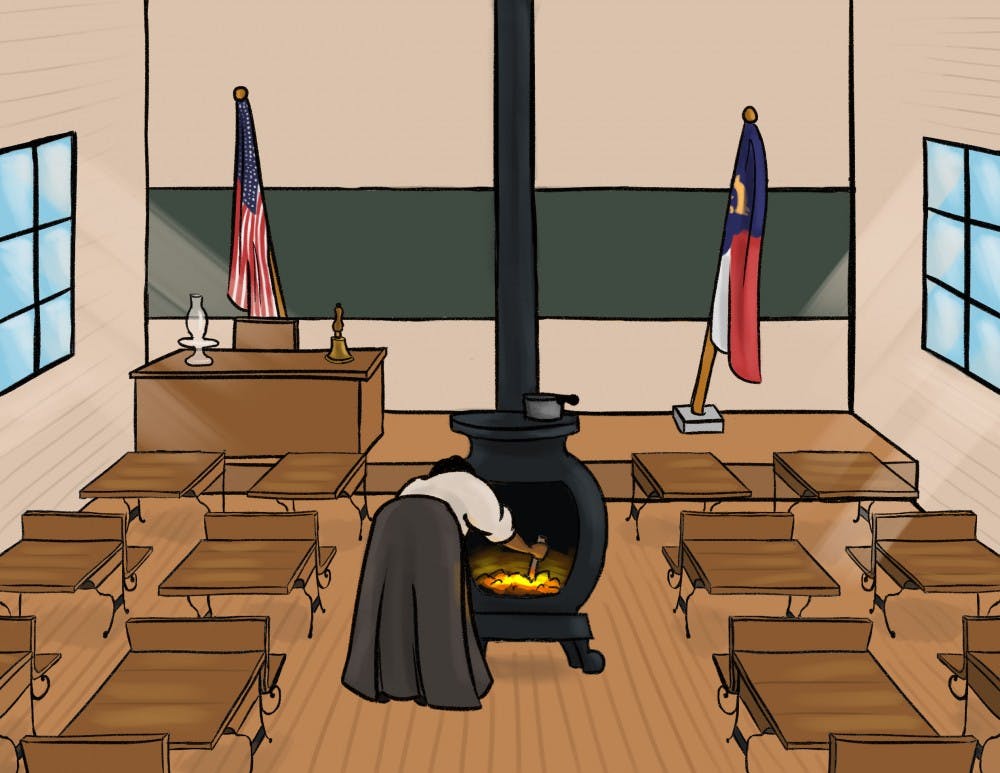Maggie Shibley, UNC senior and studio art major, illustrated Emily Brewer's newest children's book, "Little School in the Woods." The book tells the history of a rural North Carolina schoolhouse for African-American children.
Staff writer Rebecca Fiely talked to Shibley about her experience illustrating the book.
The Daily Tar Heel: Tell me about yourself and how you got involved with “Little School in the Woods.”
Maggie Shibley: I am a studio art major, so I take a lot of art classes, and I’ve always been interested in illustration and particularly children’s book illustration. We got an email through the art department for an opportunity to illustrate a book for an internship, and we just had to send in our artwork to apply. I did that, and I got an email back saying I’ve been chosen to illustrate the book.
DTH: What about this book speaks to you personally?
MS: Well, when I first applied to do the illustrations for it, I didn’t know what the book was about. But when I found out about the story behind the book, I just thought it was such an amazing story, and I was shocked that the story hadn’t been told already because it seemed like something that so clearly needed to be told. I was excited to be a part of that.
DTH: Could you tell me about the story?
MS: The book follows a few generations, but it starts with an enslaved woman who ends up running away from her slave master, and she stays with a man who she ends up marrying. And their son, when he’s an adult — this is post-slavery, but there is no education available for African-American children — he ends up building a school for his children to be educated. It’s hidden in the woods because it had to be this hidden secret thing. They educate their children like that. And eventually that school becomes abandoned and forgotten when integration happens, and now it’s being restored to bring awareness to that history.
DTH: How long did it take you to illustrate the book?



